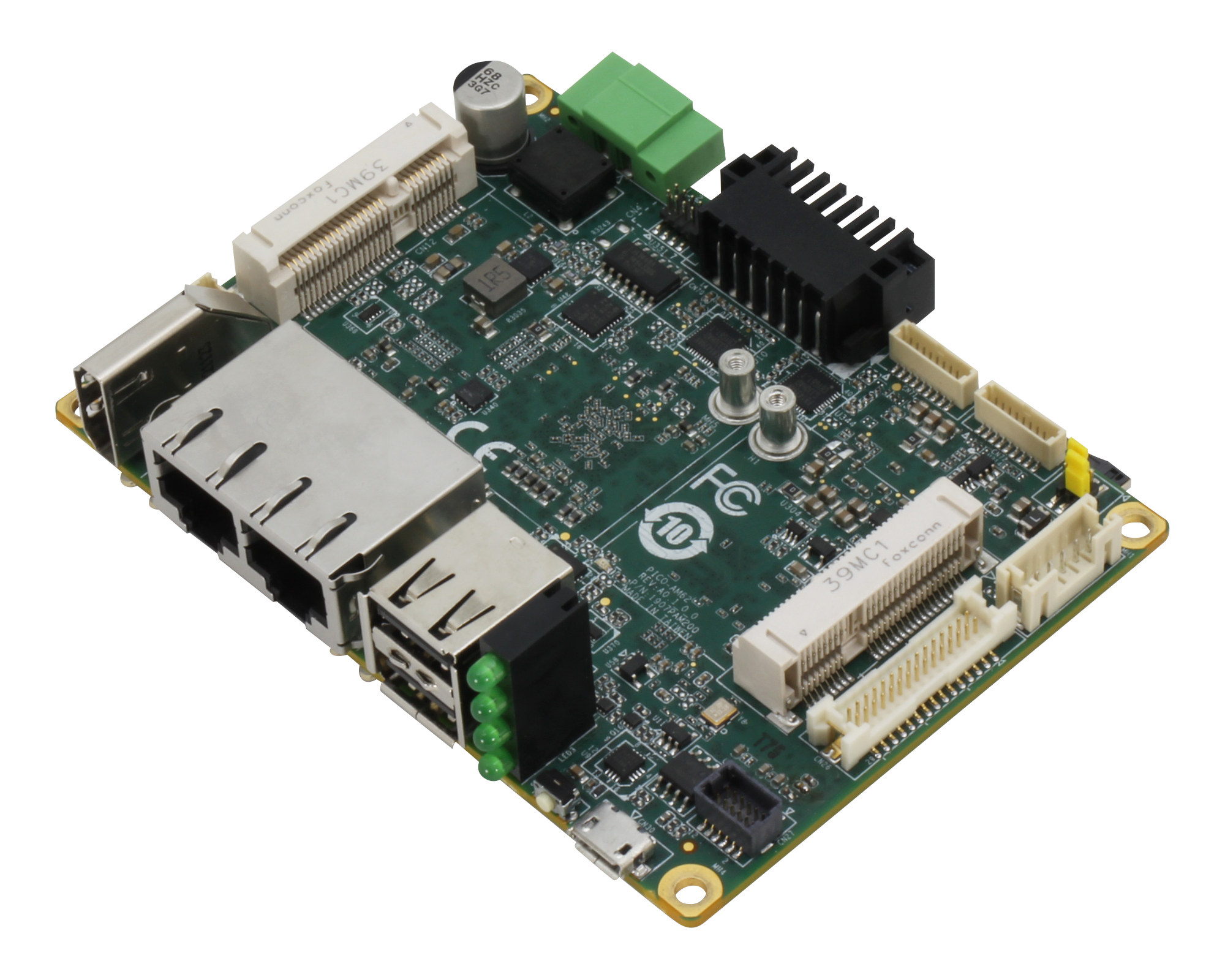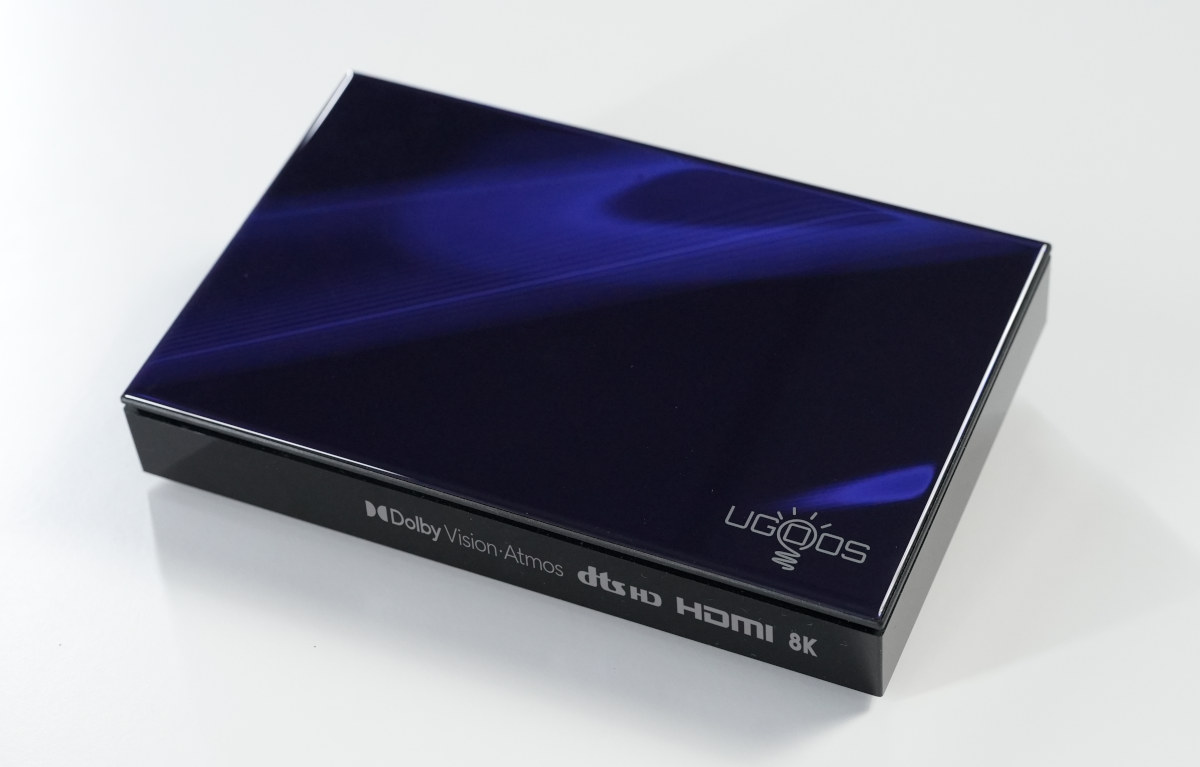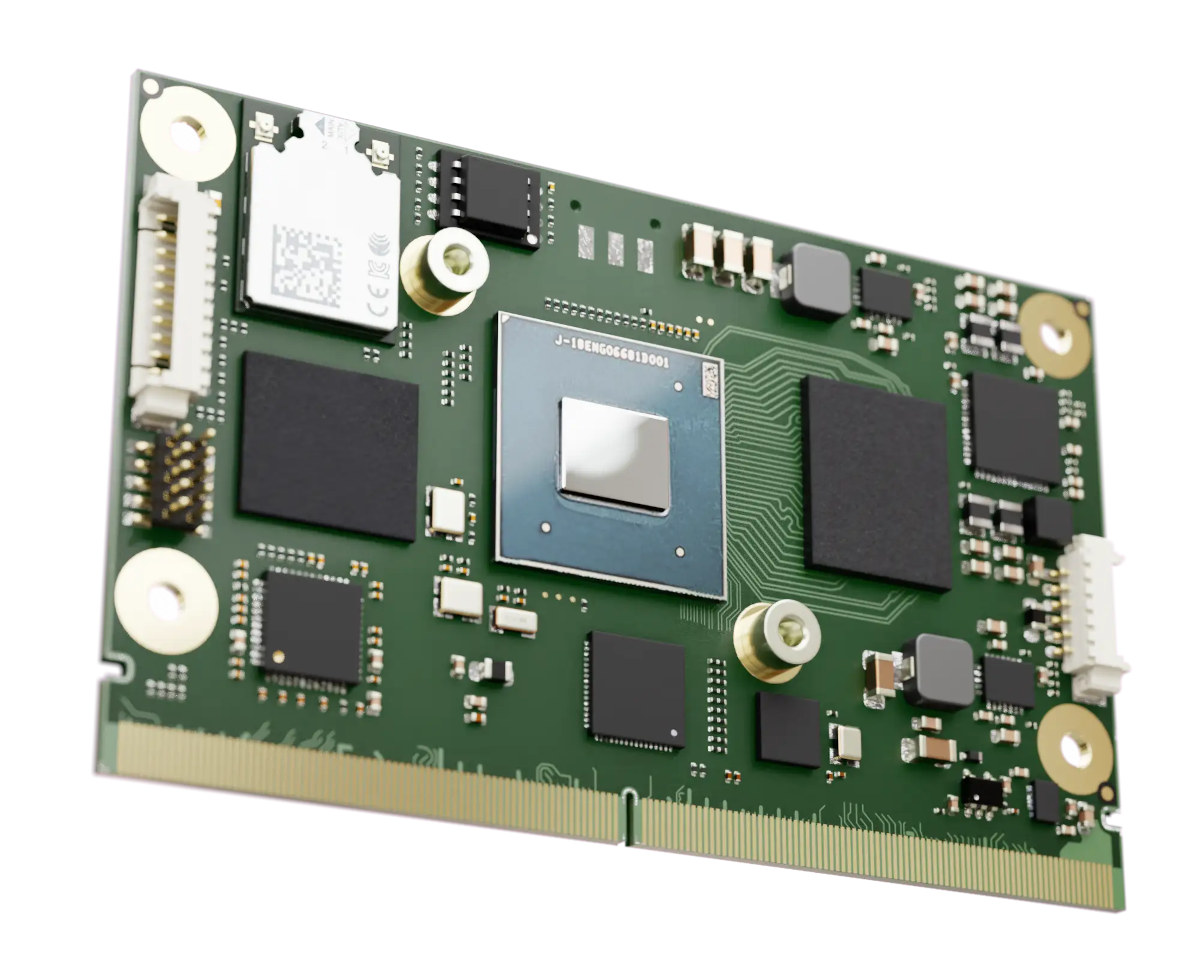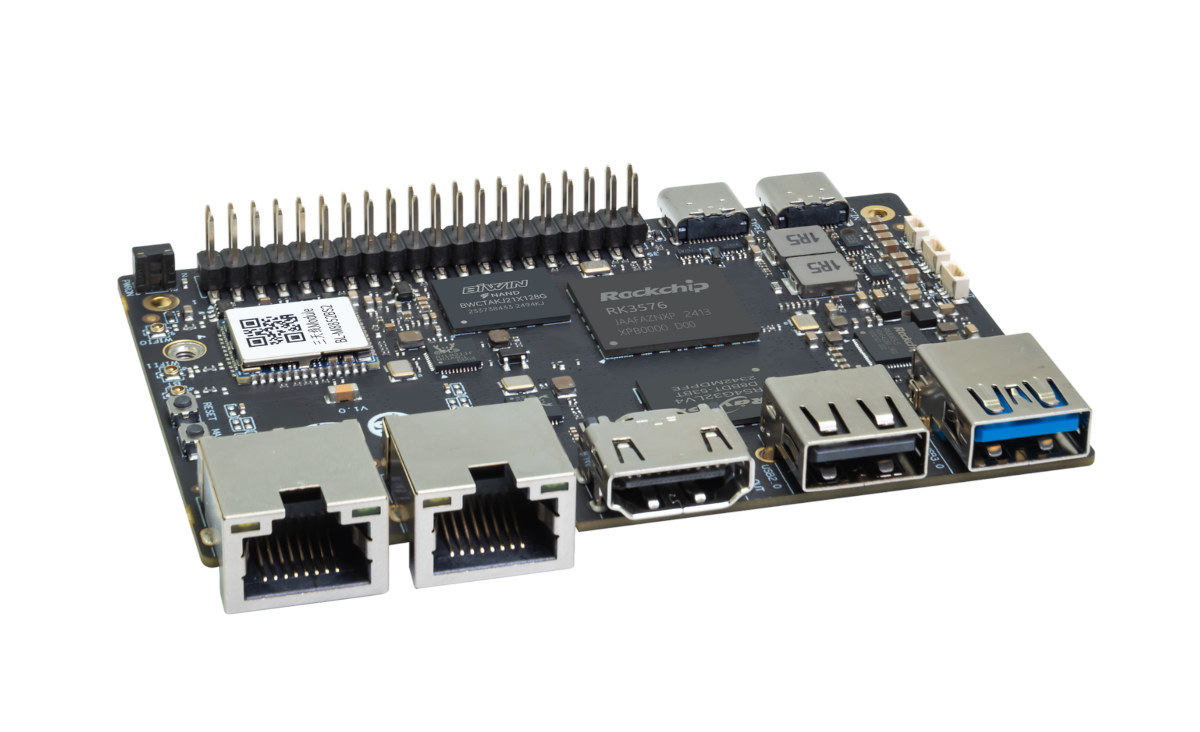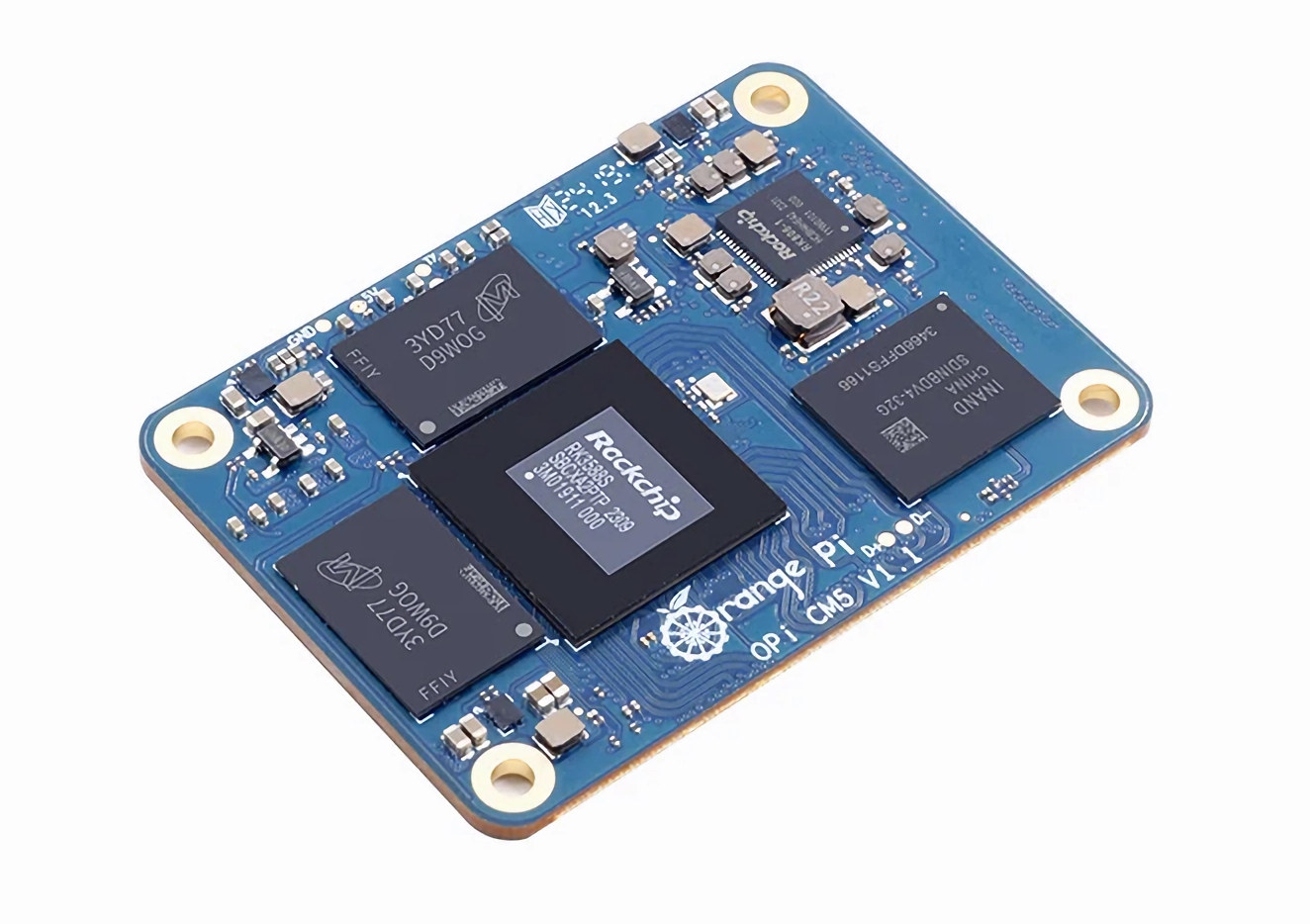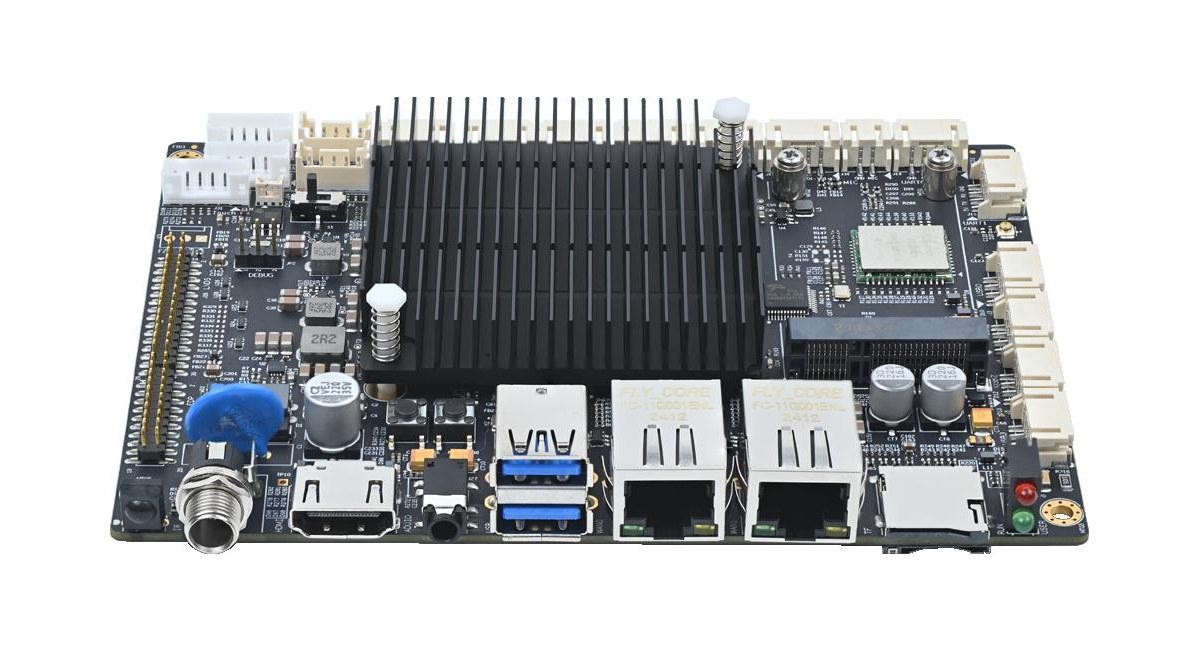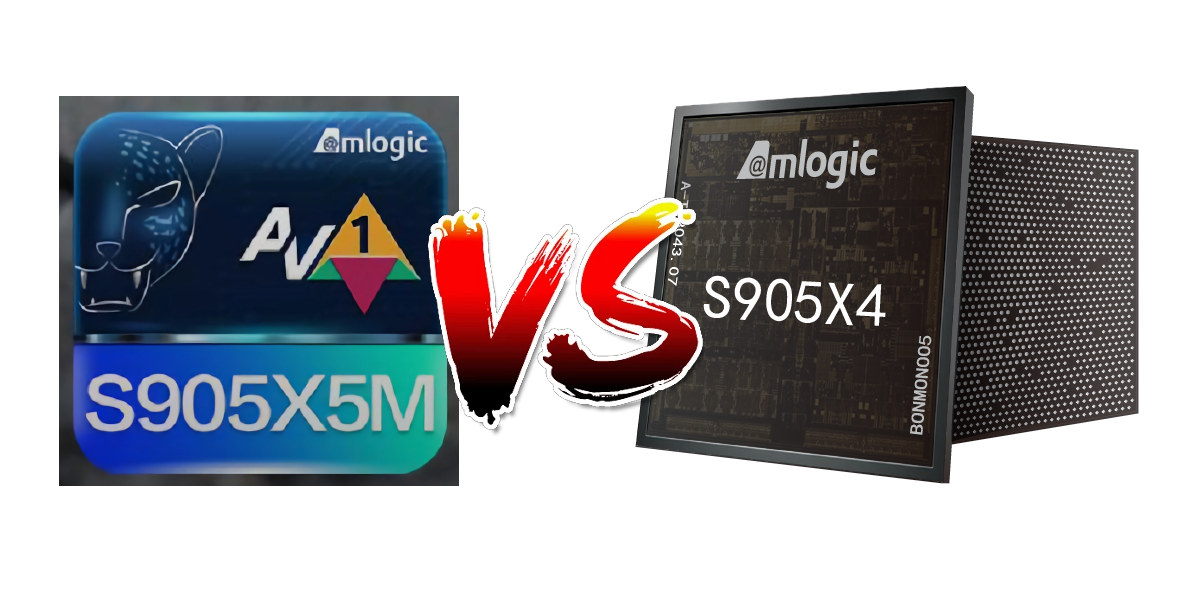AAEON’s PICO-AM62 and SRG-AM62 are respectively a single board computer (SBC) and an industrial IoT gateway powered by Texas Instruments AM6232 or AM6254 Sitara Arm Cortex-A53/M4 SoC, designed to operate within the -40°C to 85°C temperature range, and offered with a 20-year lifespan. The SRG-AM62 gateway simply houses the PICO-AM62 pico-ITX SBC within a metal case so both offer dual gigabit Ethernet, HDMI 1.4 port, and two USB 2.0 as well as communication interfaces such as RS-232/422/485 and CAN Bus. Designed to be operated in industrial settings, the systems support a wide 9V to 36V input voltage range. PICO-AM62 SBC and SRG-AM62 gateway specifications: SoC – Texas Instruments AM623x either AM6232 Sitara with dual-core Arm Cortex-A53 processor @ up to 1.4 GHz, Cortex-M4F real-time core @ 400 MHz, no 3D GPU AM6254 Sitara with quad-core Arm Cortex-A53 processor @ up to 1.4 GHz, Cortex-M4F real-time core @ 400 MHz, Imagination […]
Ugoos SK1 8K Android TV box with Dolby Vision comes with Amlogic S928X-K SoC, 8GB LPDDR4, 128GB eMMC flash
Ugoos SK1 8K Android TV box is based on the Amlogic S928X-K penta-core Cortex-A76/A55 SoC with 8GB LPDDR4, a 128GB eMMC flash, and support for Dolby Vision HDR. The SK1 model follows the Ugoos AM8 model introduced last year with the Amlogic S928X-J processor, 4GB LPDDR4, and 32GB eMMC flash. The new model provides additional licenses with the S928X-K SoC and more resources that should be suitable for more than just watching 8K videos, and some games and other apps could easily run on the device. Ugoos SK1 specifications: SoC – Amlogic S928X-K CPU – Penta-core processor with 1x Cortex-A76 core @ up to 2.0 GHz, 4x Cortex-A55 cores GPU – Arm Mali-G57 MC2 GPU with support for OpenGL ES 3.2, Vulkan 1.2, and OpenCL 2.0 VPU 8Kp60 H.265, AV1, VP9, AVS3/AVS2 10-bit video decoder; 4Kp60 H.264 decoder, 1080p60 MPEG-4, WMV/VC-1, AVS, MPEG-2, MPEG-1 decoder Low-latency 4Kp60 H.265/H.264 encoder AI […]
conga-SMX95 NXP i.MX 9596 SMARC 2.1 SoM supports M.2 1216 WiFi 6 and Bluetooth 5.3 modules
We had already written about NXP i.MX 95 SMARC 2.1 system-on-modules from ADLINK, iWave Systems, Avnet, and Advantech, but congatec has now launched its own with the conga-SMX95 featuring the NXP i.MX 9596 hexa-core Arm Cortex-A55 AI processor and up to 16GB LPDDR5 memory. The conga-SMX95 also comes with up to 256GB flash, is available on both commercial and industrial temperature grade variants, and exposes most of the same interfaces as competing products. What might be different is that the conga-SMX95 is offered with an optional M.2 1216 WiFi 6 and Bluetooth 5.3 wireless module. We’ve seen M.2 1216 wireless modules before, and they don’t use any M.2 socket but are LGA packages that need to be soldered to the target board/module. conga-SMX95 specifications: SoC – NXP i.MX 9596 CPU Up to 6x Arm Cortex-A55 application cores clocked at 1.8 GHz (industrial) or 2.0 GHz (commercial) with 32K I-cache and […]
Mixtile Edge AI boxes work with ONVIF cameras to deploy video analytics solutions (Sponsored)
Mixtile Edge AI solution supports ONVIF cameras and leverages object detection, object classification, real-time analysis, and intelligent monitoring to create IoT video analytics applications across the security, transportation, logistics, retail, industry, and agriculture sectors. The hardware is based on the time-tested Mixtile Edge 2 Kit IoT gateway powered by a Rockchip RK3568 SoC with a 1 TOPS NPU and 1080p60 VPU, or Mixtile Blade 3 SBC featuring the more powerful Rockchip RK3588 octa-core SoC with a 6 TOPS AI accelerator and an 8Kp60 VPU. The former can analyze up to 10 streams in real-time, and the latter up to a whopping 40 streams. So the novelty here is on the software side that has been developed by Mixtile and works the following way: The ONVIF cameras transmit video streams to a Mixtile Edge AI Box over the network. The Edge AI Box then runs pre-trained AI models to analyze the […]
Banana Pi BPI-M5 Pro low-profile SBC features Rockchip RK3576 octa-core Cortex-A72/A53 AIoT SoC
Banana Pi BPI-M5 Pro, also known as Armsom Sige5, is a low-profile single board computer (SBC) powered by the Rockchip RK3576 octa-core Cortex-A72/A53 SoC for the AIoT market that offers a mid-range offering between Rockchip RK3588 and RK3399 SoCs. The board comes with 16GB LPDDR4X and 128GB eMMC flash by default, offers dual GbE, WiFi 6 and Bluetooth 5.2 connectivity, an M.2 2280 PCIe socket for expansion, HDMI and MIPI DSI display interfaces, two MIPI CSI camera interfaces, a few USB ports, and a 40-pin GPIO header. Banana Pi BPI-M5 Pro specifications: SoC – Rockchip RK3576 CPU 4x Cortex-A72 cores @ 2.2GHz, four Cortex-A53 cores @ 1.8GHz Arm Cortex-M0 MCU at 400MHz GPU – ARM Mali-G52 MC3 GPU with support for OpenGL ES 1.1, 2.0, and 3.2, OpenCL up to 2.0, and Vulkan 1.1 NPU – 6 TOPS (INT8) AI accelerator with support for INT4/INT8/INT16/BF16/TF32 mixed operations. VPU Video Decoder: […]
Orange Pi CM5 – A Raspberry Pi CM4 alternative with up to 16GB RAM, 256GB eMMC flash
Orange Pi CM5 is a system-on-module mostly compatible with the Raspberry Pi CM4 (and upcoming Raspberry Pi CM5?) powered by a Rockchip RK3588S octa-core Cortex-A76/A55 processor that supports up to 16GB LPDDR4 and 256GB eMMC flash compared to the Pi CM4 module that is limited to 8GB RAM and 32GB flash. Since the Rockchip RK3588S has more interfaces than the Broadcom BCM2711 found in the Raspberry Pi CM4, the company added an extra 100-pin board-to-board connector with extra interfaces such as native USB 3.0, SATA III, CAN Bus, and an additional PCIe 2.0 x1 interface for a total of two. Orange Pi CM5 Orange Pi CM5 specifications: SoC – Rockchip RK3588S octa-core processor with 4x CortexA76 cores @ up to 2.4GHz, 4x CortexA55 core @ 1.8GHz Arm Mali-G610 MP4 “Odin” GPU with support for OpenGL ES1.1/2.0/3.2, OpenCL 2.2 and Vulkan 1.2 Video decoder – 8Kp60 H.265, VP9, AVS2, 8Kp30 H.264 […]
Allwinner T527 digital signage and Smart Display board offers HDMI, eDP, MIPI DSI, and LVDS display interfaces
MYiR Tech’s MYD-LT527-SX is a board designed for digital signage and Smart Display applications based on the MYC-LT527 Allwinner T527 system-on-module from the company and offering a range of display interfaces namely HDMI, eDP, MIPI DSI and dual-channel LVDS. The digital signage board builds upon MYiR Tech’s MYD-LT527 development board with a larger design featuring many of the same ports (dual GbE, USB 3.0, audio jack, HDMI output), and plenty of connectors for expansion including additional USB 2.0 interfaces, speaker and microphone, RS232, RS485, CAN Bus, and more. MYiR Tech’s MYD-LT527-SX specifications: SoM – MYC-LT527 system-on-module with SoC – Allwinner T527 CPU Octa-core Arm Cortex-A55 processor with four cores @ 1.80 GHz and four cores @ 1.42GHz E906 RISC-V core up to 200 MHz DSP – 600MHz HIFI4 Audio DSP GPU – Arm Mali-G57 MC1 GPU System Memory – 2GB LPDDR4 Storage – 16GB eMMC flash, 32Kbit EEPROM 381-pad LGA […]
Amlogic S905X5M vs S905X4 – Features and benchmarks comparison
Amlogic S905X5M is an update to the Amlogic S905X4 quad-core Cortex-A55 SoC with a higher 2.5 GHz CPU clock and a new generation Arm G310 CPU that delivers up to close to three times the performance of the Mali-G31 MP2 GPU for more advanced and smoother HDR user interfaces. The S905X5M and S905X4 share the same video decoding capabilities, notably AV1 and H265 up to 4Kp75, but the new S905X5M drops support for H.265 1080p60 video encoding, only keeping H.264 1080p30. One of the new features is the inclusion of an NPU designed specifically for Super Resolution enabling video upscaling with better image quality. You’ll find the differences between the Amlogic S905X5M and S905X5 processors in the comparison table below. The Amlogic S905X5M adds some HDMI 2.1 features that deserve an explanation: QMS (Quick Media Switching) – A source device can instantly switch its content’s resolution or frame rate without […]


